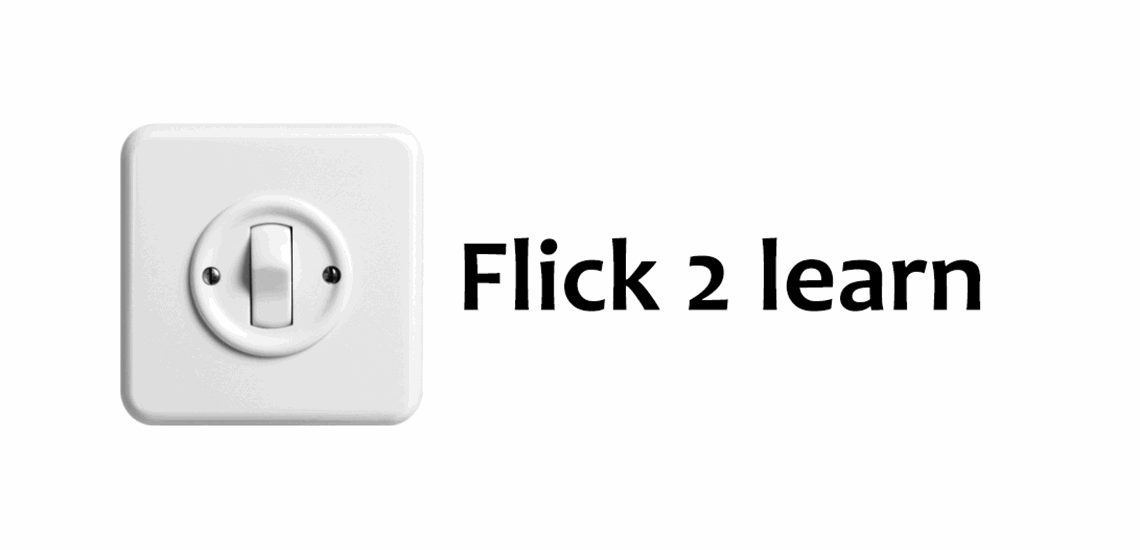I've been making e-learning since the dawn of time 😊. One of the "truths" I've heard endlessly throughout the years is that if you want to make motivational e-learning, you need to ensure it's interactive. Interactive elements in e-learning can be used to create variation in the presentation, thus making the content more exciting, but one should be careful not to use them senselessly.
I am always in favor of involving the learner in the learning process as much as possible - anything else doesn't really make sense. The problem is that in most very boring e-learning, you first tell the user some fact, for example: "The moon is made of green cheese". On the following page, you then have to ensure that the course is interactive, so you subject the user to the question: "What is the moon made of?", after which the user must choose between red, yellow, or green cheese. It might be interactive, but it's also stupid.
Another "classic" typically happens in connection with e-learning where the purpose is to teach users to use a computer program. Typically, the e-learning is designed so that the user is asked to press a certain button on the screen, around which the developer has drawn a big fat circle to be absolutely sure that the user can see the button. Both examples leave no room for genuine reflection.
You can create an opportunity for reflection in e-learning. One way to do this is, for example, to ask the user questions that you have not directly given them the answer to. This invites the user to bring in their own experiences and knowledge in order to answer.
"If we force them to watch, they'll learn"
It's also very common to force users through e-learning courses, perhaps because it's often something people have to participate in/complete in connection with their work. And you can check that they get through the e-learning using a Learning Management System, which stores various pieces of information, for example, users' answers to multiple-choice questions. As I've touched on before, forced navigation is an extraordinarily dumb idea if you want someone to learn something.
"If they just look at it, they'll learn"
Often, whether users have learned something is measured by looking at whether they've viewed all the slides in the e-learning content. The thinking behind this must be that if you expose people to information, they absorb it. It's like expecting you to remember everything you saw the last time you watched a news broadcast.
Can you do that?
What you can probably remember is limited to what was notable or of particular relevance to you.
”We make a test to ensure they've learned what they're supposed to”
A lot of e-learning ends with a test at the end. Typically, the thinking here is that it is assumed that users have learned what they need to if they can answer a series of multiple-choice questions correctly.
And that can indeed be the case. But typically, the vast majority of multiple-choice questions in e-learning are far too easy to answer correctly. This is often due to the authors spending too little time formulating them. It usually results in the wrong answer options being obviously wrong - and it's almost always the longest answer option that's the correct one.
Remember the stories, humor, and emotions
And the last thing that annoys me about most e-learning is that people forget to tell stories, they don't use humor and the material is often completely devoid of emotions.
That is, it has with surgical precision omitted what we humans have evolved to notice the most - and thereby remember the best.
Typically, it's just listing information followed by ten multiple choice questions and a diploma at the end. If you really want to elevate the process, it starts with a video of a CEO, with a serious expression, saying that it's important to look at the e-learning module. It's fine to involve top executives and give learning a management focus, but one must assume that if the recipient has already started watching the e-learning, they don't need further admonitions to watch it. There simply needs to be more substance.
It's deeply boring. Why can't we have fun while learning something? Why should it be conveyed in ways that are difficult for us humans to remember?
With all this criticism of e-learning, it may sound like I don't really believe in it. That's not the case. E-learning can be made really good and engaging, so that recipients learn a lot from it. But boring e-learning, from which no one learns much, is at best organized waste of time.
Do you want to learn more?
If you're interested in reading more about the brain and learning, these articles will probably interest you:
- Self-Determination Theory: The most important theory on learning.
- Forced navigation - how NOT to design e-learning.
- Your Brain is NOT a Computer - About Predictive Coding
- Gamification
- Expertise Reversal Effect
If you want to know more about digital learning and e-learning, you can start with our Elearning FAQ.
If you're looking for help with e-learning development, or if you'd like to take a course on Elearning, where you learn to create e-learning yourself - we can also help you.

 If you found this blog post interesting, you might also enjoy Tomas' book (in danish only)
If you found this blog post interesting, you might also enjoy Tomas' book (in danish only)